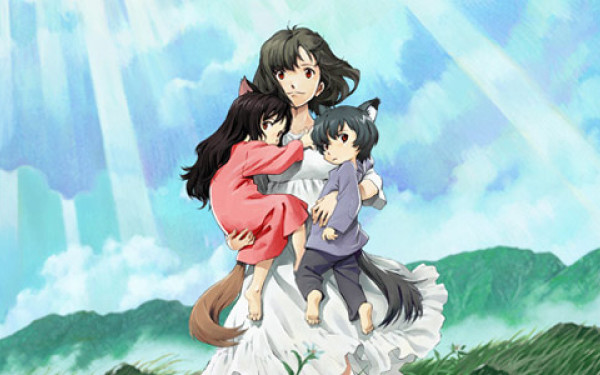The Spectacle of the Year
Life of Pi Premiers at FNC
Having Ang Lee’s Life of Pi premiere in Canada at the Festival du Nouveau Cinema must have caused a lot of partying at festival headquarters. “El vino did flow” as David Brent would say. It was the biggest film from the roster by a country mile; also the closest the FNC got at dabbling in some Hollywood blockbuster luster since I’ve been following the festival.
Yann Martel, the author of the novel everyone’s heard of and whose parents were from Quebec, introduced the film and watched it with his family. He has many relatives living in Montreal, which puts things in perspective as to why the FNC chose to break its own independent-slanted rules. Also, Martel said in his introduction that the actual final cut of the film that was premiering here, opposed to the one screened at the New York Film Festival. KA-POW NYFF.
So what we have here is a movie, directed by a Taiwanese-born American, adapted from a book, written by a French Canadian, about a story set in India and somewhere in the Pacific Ocean. Life of Pi is a baby of multi-cultural origins and couldn’t be more universal; a winning formula to make an epic film become all the more embracing. I’d like to point out that I had not read the book before watching the adaptation. But my feelings of regret turned quite quickly into excitement when the 3D glasses were on and I had a bird fluttering in front of me. If you haven’t read it either and somehow managed to avoid all the chatter, then all you should know as far as plot is that it’s about one boy’s survival of a shipwreck, when he finds himself alone, in the middle of the ocean, with an adult Bengal tiger called Richard Parker. It’s a name you won’t soon forget.
Richard Parker is as big of a character here as Pi Patel, and the adventures the two of them go through together are what make this story of survival one for the ages. Personalities clash, tempers flare up, belief in God is pontificated and emotions run high.
With the premise of a boy drifting in close quarters with a tiger, it could have had the cheesey aesthetic of 1954’s Godzilla if the visual effects failed to impress. It’s hard to meet expectations when viewers are used to better quality and more beautiful images with every new CGI feature film that comes out. With the technology catching up to the grandeur of the story, and with 3D almost an industry standard for $100-million budgets, Life of Pi has succeeded to rise above its cinematic peers. Not only did the visuals work here, but they stood out like a star on a starless night. From beginning to end, the visual effects transport you into another world full of dazzling exquisiteness. And it helps that there hasn’t been a better use of 3D since Avatar. The more fantastic the contents of the story revealed themselves to be, the more readily I believed in them. It’s a testament to the methodical care taken to visually weave the threads of the tale together.
Okay, so with a budget like that your jaw might not exactly be dropping from shock to hear that the graphics are top notch and that it’s worth going to the cinema for that alone. Fine. But you should also go for the story and a tiger that really knows how to make an impression. Richard Parker is as big of a character here as Pi Patel, and the adventures the two of them go through together are what make this story of survival one for the ages. Personalities clash, tempers flare up, belief in God is pontificated and emotions run high. From the priceless origin of Pi’s name, through his upbringing in India and the moments of fear and joy on the boat, the audience is taken through the motions. It’s an experience in every sense of the word because you laugh with it, become overcome with suspense because of it and feel the pains of the characters through it.
The actors should not be ignored in making all of this work. The undiscovered Suraj Sharma plays the younger Pi with all the tenderness and courage needed for the part and Irrfan Khan nails the “Oscar scene” of the third act with brilliant pathos. Tobey Maguire was originally set to play the writer who interviews the older Pi but Ang Lee, in a stroke of genius, decided to cut him out and replace him with hardly-recognizable Rafe Spall. Nothing against Maguire, who is a solid actor in his own right, but there can only be one Parker here, and it ain’t Peter. The story is too important to be derailed by the attention of a big name Hollywood star and it’s better because of it.
Coming out to the general public Nov. 21, Life of Pi is going to make a lot of money and most likely get into the final act of the Oscar circus show. Technically, there’s nothing more to say—if it doesn’t win the gold for visual effects the voters can be declared medically blind. But even if it ends up going all the way and nabbing Best Picture, it won’t be undeserved. A story about survival that’s much more of an enigma than it appears to be on the surface, and one that poses big questions about the soul, God and storytelling, Life of Pi is a feast for the senses and nourishment for the mind.




__thumb_600_375_90_s_c1.jpg)

